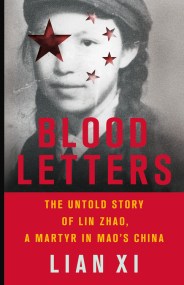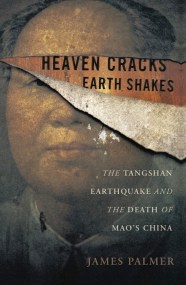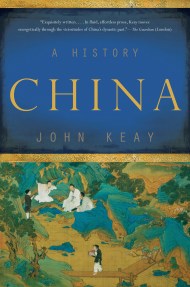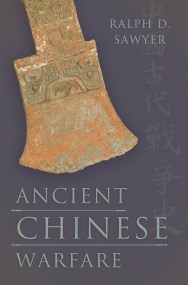Promotion
Use code MOM24 for 20% off site wide + free shipping over $45
Restless Empire
China and the World Since 1750
Contributors
Formats and Prices
Price
$14.99Price
$19.99 CADFormat
Format:
- ebook $14.99 $19.99 CAD
- Trade Paperback $22.99 $29.99 CAD
This item is a preorder. Your payment method will be charged immediately, and the product is expected to ship on or around August 28, 2012. This date is subject to change due to shipping delays beyond our control.
Also available from:
In Restless Empire, award-winning historian Odd Arne Westad traces China’s complex foreign affairs over the past 250 years, identifying the forces that will determine the country’s path in the decades to come. Since the height of the Qing Empire in the eighteenth century, China’s interactions — and confrontations — with foreign powers have caused its worldview to fluctuate wildly between extremes of dominance and subjugation, emulation and defiance. From the invasion of Burma in the 1760s to the Boxer Rebellion in the early 20th century to the 2001 standoff over a downed U.S. spy plane, many of these encounters have left Chinese with a lingering sense of humiliation and resentment, and inflamed their notions of justice, hierarchy, and Chinese centrality in world affairs. Recently, China’s rising influence on the world stage has shown what the country stands to gain from international cooperation and openness. But as Westad shows, the nation’s success will ultimately hinge on its ability to engage with potential international partners while simultaneously safeguarding its own strength and stability.
An in-depth study by one of our most respected authorities on international relations and contemporary East Asian history, Restless Empire is essential reading for anyone wishing to understand the recent past and probable future of this dynamic and complex nation.
Genre:
- On Sale
- Aug 28, 2012
- Page Count
- 544 pages
- Publisher
- Basic Books
- ISBN-13
- 9780465029365
Newsletter Signup
By clicking ‘Sign Up,’ I acknowledge that I have read and agree to Hachette Book Group’s Privacy Policy and Terms of Use





